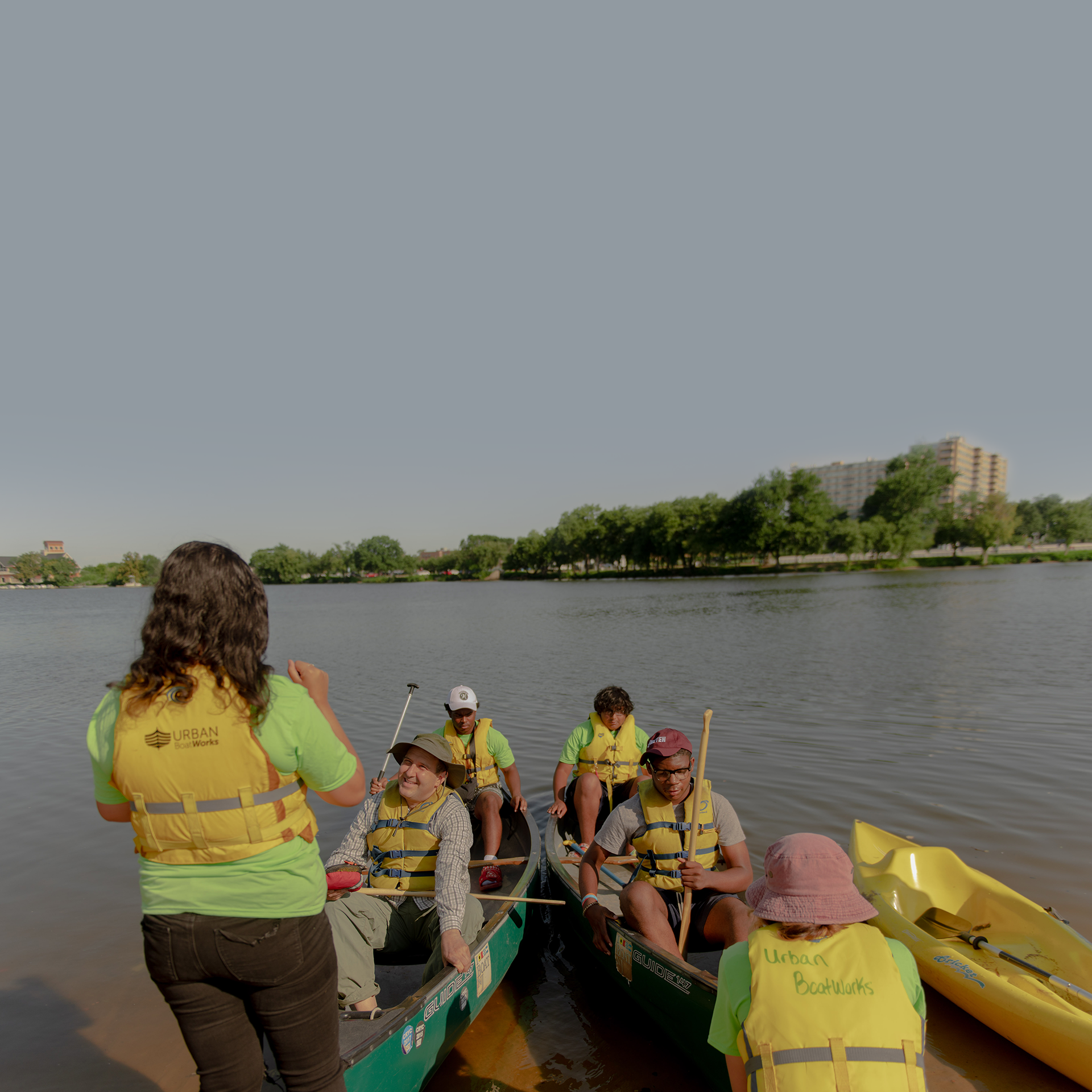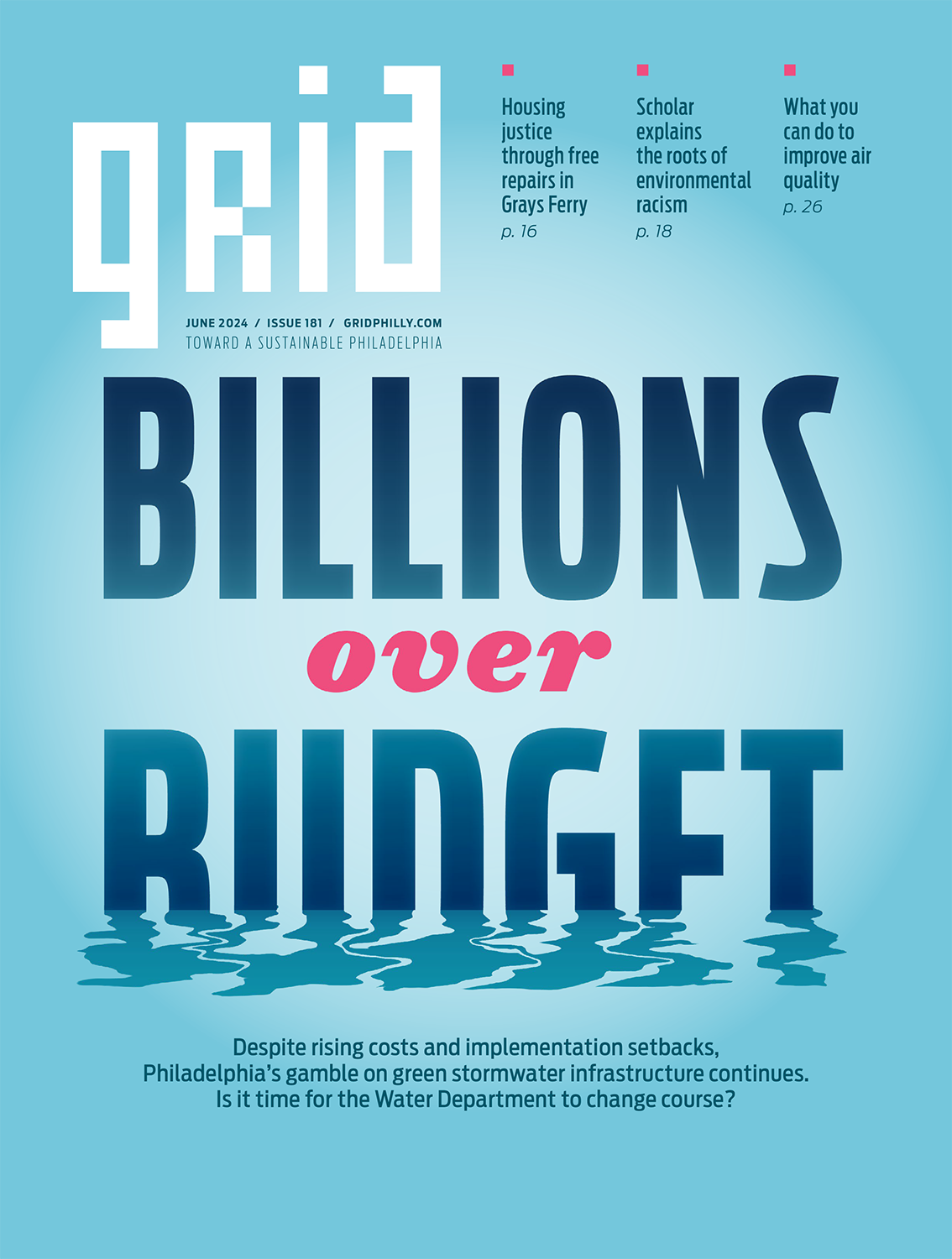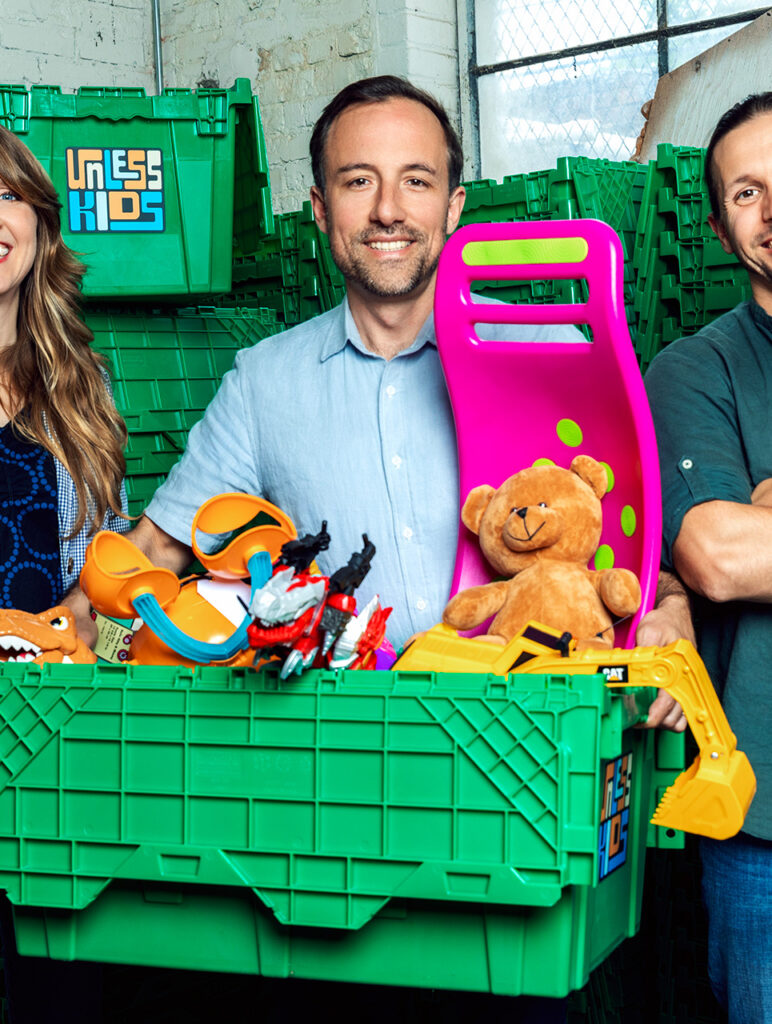Last summer, on a small beach along the Cooper River, seventeen-year-olds Star Beauchamps and Mickey Carter-Lopes waited to pull canoes into shore. This was their typical summer weekday: paddling, teaching and comparing the polka dot tan lines on their feet thanks to Crocs and hours spent working in the sun.
The friends were two of last season’s eight “RiverGuides,” high school students working to connect Camden residents back to the water that surrounds them. The program is run by UrbanTrekkers, whose founders organize youth nature expeditions outside the city. It wasn’t until 2015 that they realized they didn’t have to go so far.
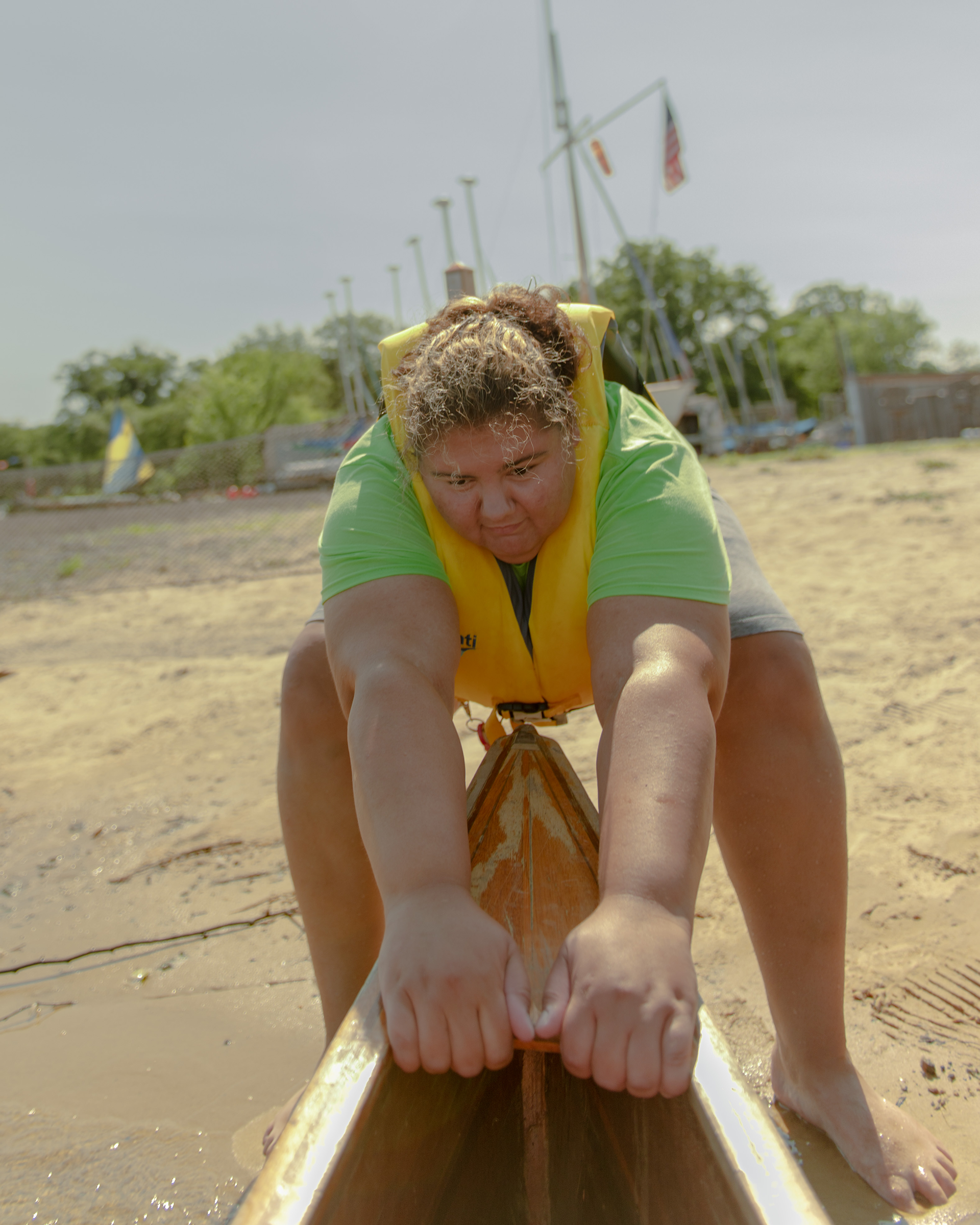
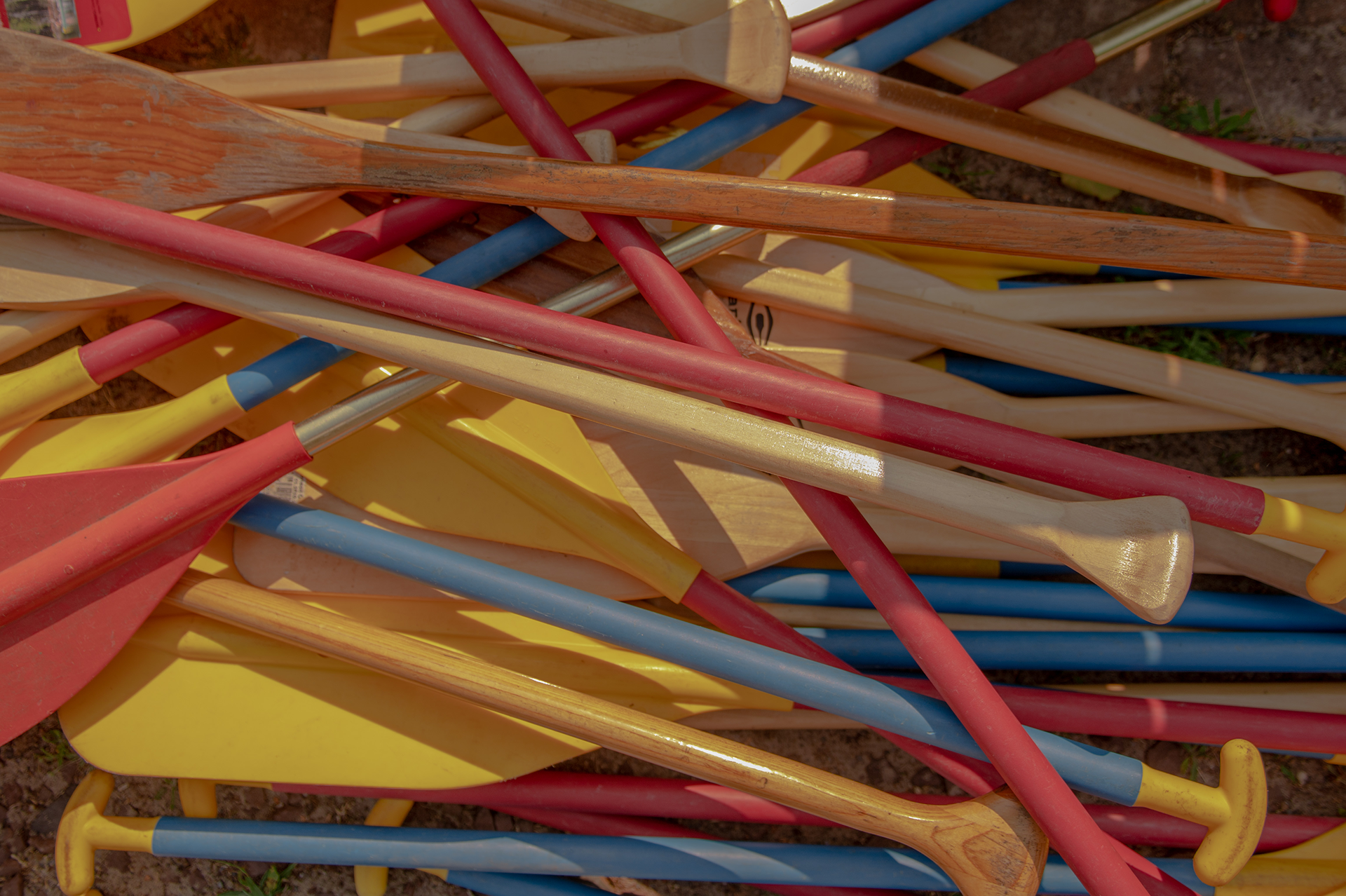
With Philadelphia sitting across the shoreline, most of Camden is a peninsula enveloped by the Cooper and Delaware Rivers. At the tip sits Pyne Poynt Park. Five times last summer, neighbors of all skill levels came to the park to learn how to paddle, headed by the RiverGuides and the Center for Aquatic Sciences.
There are over 200 contaminated sites in Camden today attributed to disinvestment, aging infrastructure, industrial pollution and lead seepage through the late 20th century. There’s a push to restore polluted areas, like Petty’s Island (known as “the place the trucks go” by Camden residents) which is being transformed from an industrial site to a nature preserve, and the former landfill that became Cramer Hill Waterfront Park, which opened to the public in 2021.
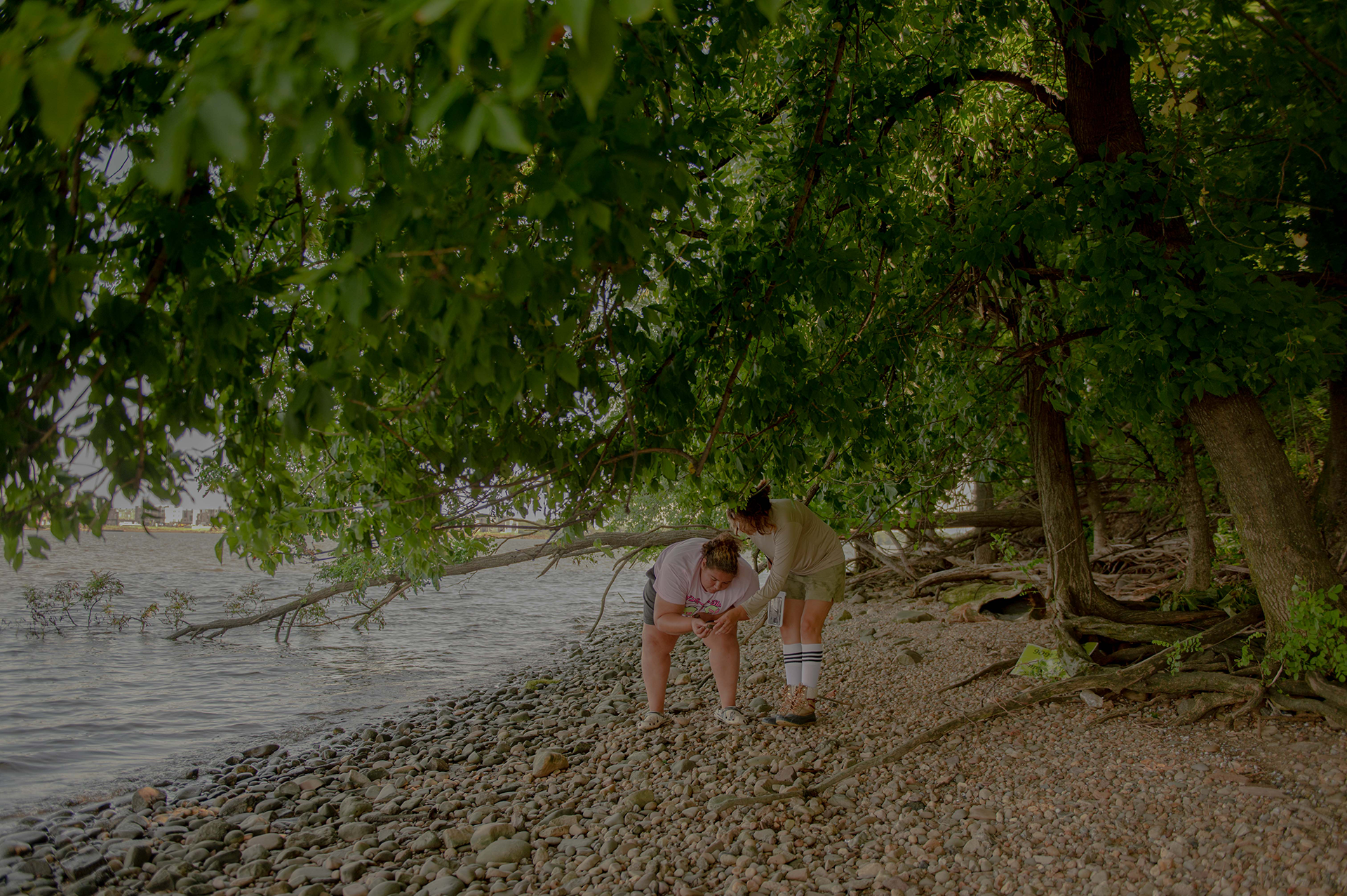
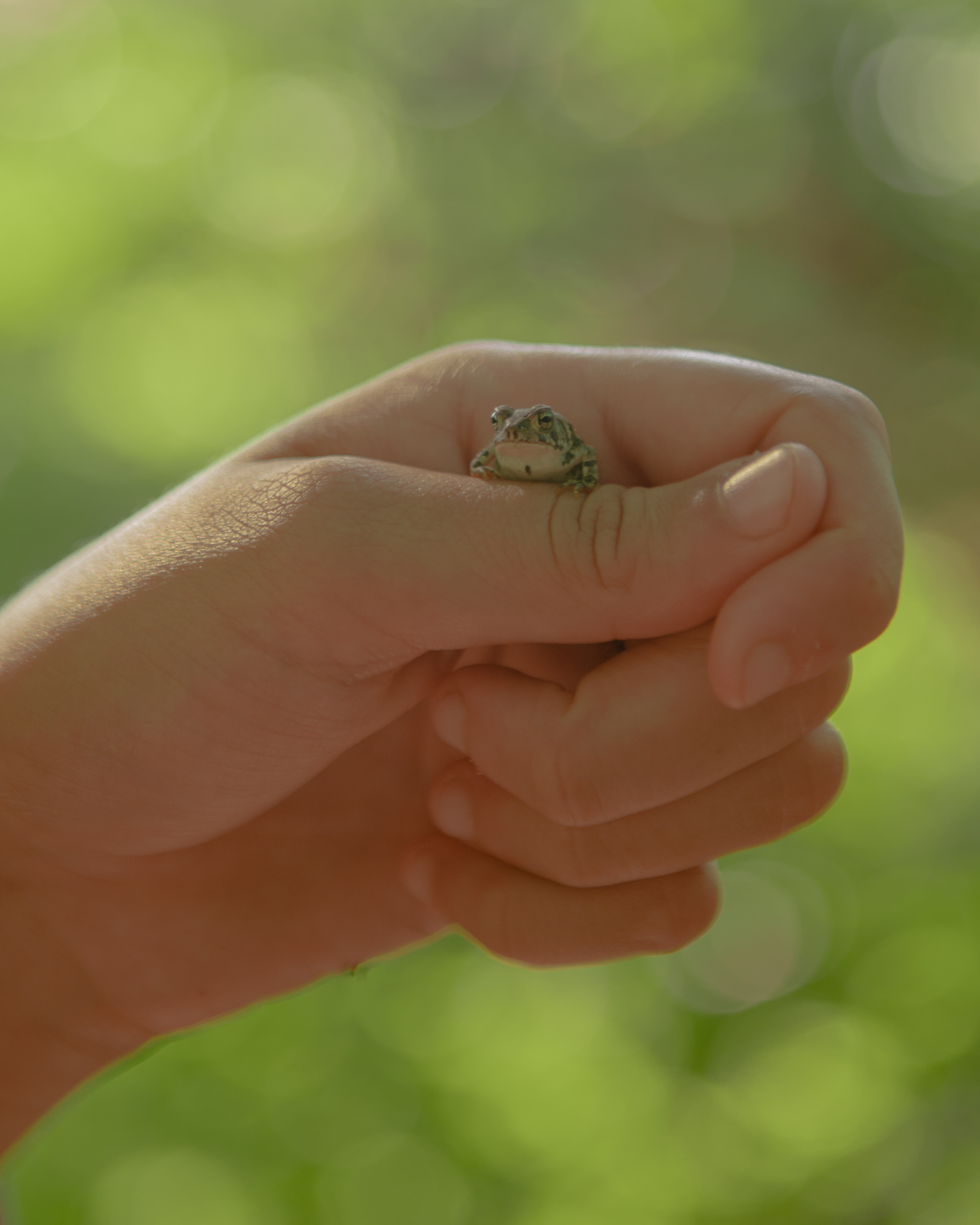
For residents, a third of whom are Black and Hispanic families living below the poverty line, interest in connecting with restored natural areas is small but growing.
Pablo Chavez, 15, knew the river pollution well. “I remember when I was little, it was just pure-on trash,” he says. His first outing on Camden’s waterways was at the start of RiverGuides training last summer. Same with Beauchamps. “I hated the water, it’s crazy. I was scared to death because I couldn’t swim,” she says. Now she’s the one consoling apprehensive Camden residents. “We had some kids that couldn’t even paddle because they were so terrified,” says RiverGuide Angie Garcia.
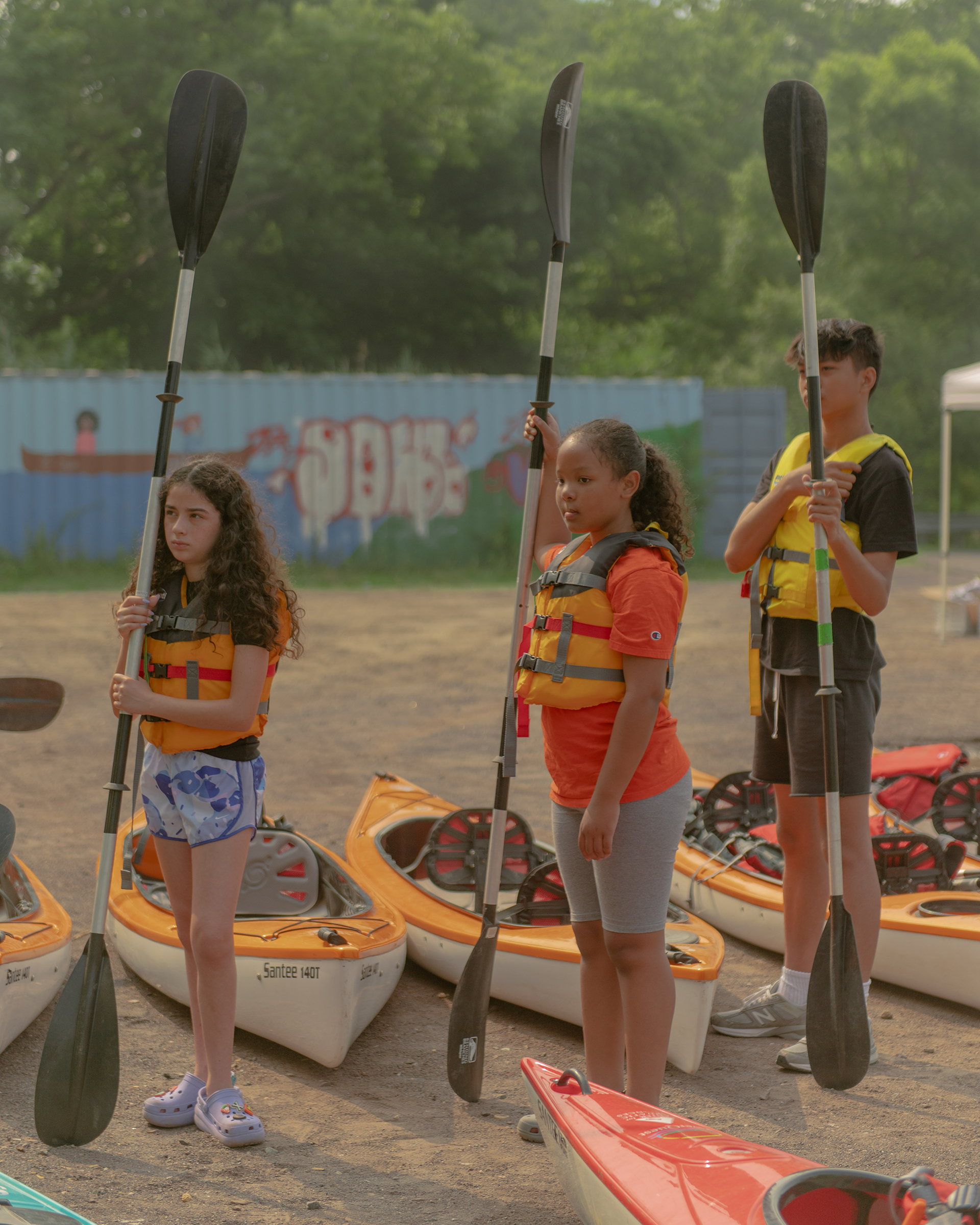

The water is the cleanest it has been in over a century, but sewage in both the Cooper and Delaware rivers is still an issue. Combined sewer overflows pose a threat, especially when surges in rainfall cause stormwater to combine with sewage, discharging it into the water. The RiverGuides test the water regularly and paddling schedules are adjusted for spikes in bacteria levels.
On their last work day, the group visited Atsion Lake in the Pine Barrens to celebrate the summer. While swimming, there are no fears of contaminated waters from combined sewer overflows. As Beauchamps, Garcia and Carter-Lopes tackle each other in the water, they see what the Cooper and Delaware rivers could be one day. But for now, they go by boat.
